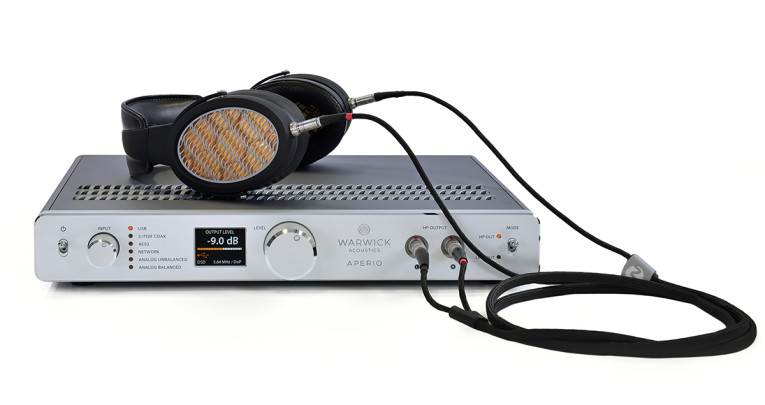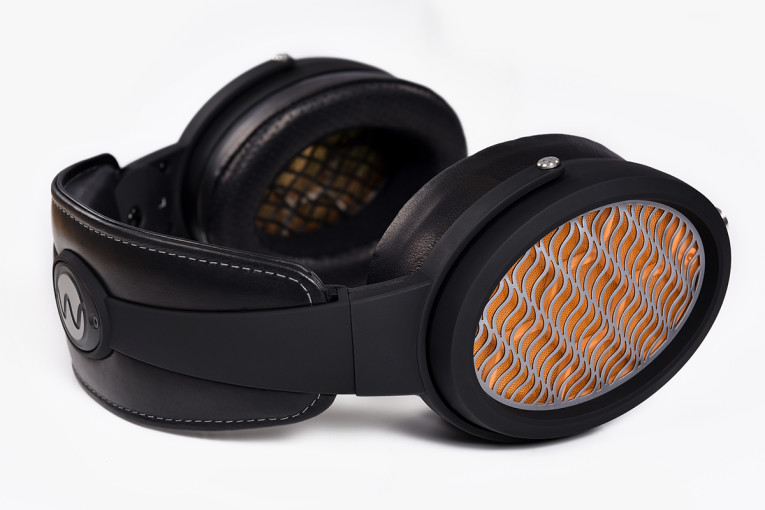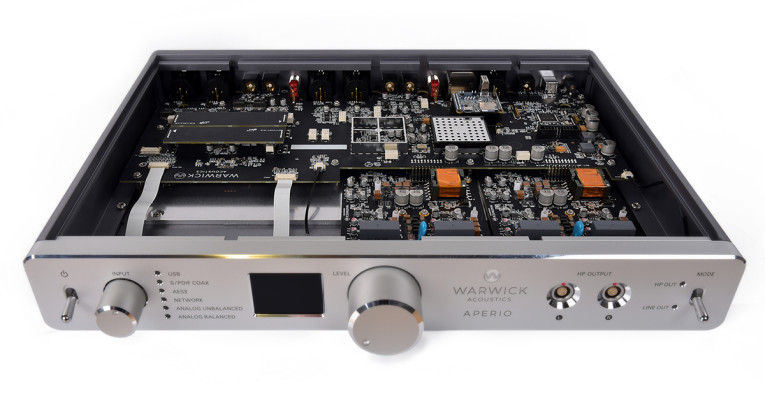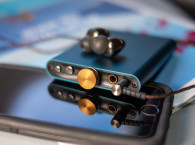
The British company, based in Nuneaton, Warwickshire, has been working for years on the development of its unique electrostatic diaphragm and continues to explore cutting-edge applications for the technology in many other potential fields, including automotive. But while it invests considerably in R&D to take its technology further, it found a great niche market in the high end segment of personal audio with the Sonoma Model One Electrostatic Headphone System, which is truly one of the best headphone systems ever, albeit the frustratingly high asking price (US $5,000), which places it out of reach for common mortals.
Still, the Sonoma Model One found its market globally, from music enthusiasts that have sold what else they had to buy the system, to many wealthy individuals who simply buy the best, but also among musicians and studios who found the Model One to be an excellent reference tool for mixing and mastering. No headphone can be completely neutral, but the HPEL transducers in the Sonoma Molde One always leave a smile on the face of every headphone designer because of the way they translate its incredible definition into well-tuned music reproduction.
audioXpress had the chance to listen to the new APERIO headphone system with the much improved Balanced-Drive High Precision Electrostatic Laminate (BD-HPEL) transducers and system electronics, and compare the same song, from the same source, playing in the Sonoma Model One... and it sounds better. Probably, for a music enthusiast, they will say it sounds five times better - hence the five times asking price.

Also, the APERIO headphone design was much improved. Even if the Sonoma Model One headphones were extremely light and comfortable for electrostatics, the APERIO felt even lighter and didn't cause any unpleasant head pressure, while being very easily adjustable. The whole feel of the Cabretta top-grain, sheepskin leather in the headband and perforated ear cushions is simply superb. The open-back, circumaural design is so good that Warwick is considering using it in further future models.

The new, next-generation HPEL transducers take the patented cellular structure even further and are exclusively built in the United Kingdom. Every transducer produced is tested, graded and matched within 0.5 dB to a complementary unit to form a matched-pair. Warwick also says that the BD-HPEL technology has been refined and is now much more stable and durable. The ear cups use injected Magnesium, and its "open" design causes no obstructions between the transducer diaphragm and the listener’s ear, causing no passive equalization. The ear cushions are designed to improve cooling around the user’s ears, using a copper thread mesh that dissipates heat. Overall, the headphones have a very low mass of 405 grams.
So, Warwick could have chosen taking the success of the Sonoma Model One and simply create different iterations for other markets, like a closed version for studio use, or a more affordable version with portable electronics... But that's not where the company is at, since it still feels it could take their research much further. And that's the reason why they didn't hesitate to create a flagship model, even if the price takes it to the even more exclusive luxury market, where very few manufacturers dare to enter.
The name APERIO - from the Latin, meaning to uncover, open, reveal - is a literal match for Warwick’s design goal: to reproduce and reveal all recorded audio content definitively, without alteration.

It is certainly a reference studio monitor headphone system for high-resolution audio recording, mixing, and mastering applications. The integrated reference-performance DAC, with its 64-bit (double-precision) fixed-point processing and complete analog and network connectivity, can be used as a stand-alone full function pre-amp at the centre of any ultra-high-end audio system. The specifications are truly impressive, including both balanced and unbalanced analog inputs with switchable range, USB Input (Type B) and Ethernet LAN with support for up to 32-bit / 384 kHz PCM and DSD (DSD64/DSD128/DSD256) via DoP or Native, AES3 (AES/EBU) digital input, S/PDIF coaxial, and balanced and unbalanced line outputs with adjustable gain.
As Warwick explains, the APERIO is unique in being a fully networkable product that exceeds typical DLNA limitations and allows digital audio reproduction of native or DoP 256 fs DSD and higher sample rate PCM formats to 384 kHz. Within the electronics, all audio signals are kept in their native domain and format: analog always remains analog; DSD stays DSD until its final conversion to analog; PCM sample rates are never converted. The signal path is pure, as direct as possible and unadulterated.
The aluminum front panel is also perfection, with quick input selection and adjustments, a level control with 31-positions for digital and analog control (HP and Line Out) and an impressive full color display that can even show the volume bar graph.

Warwick also supplies all cables, including two high-performance custom input cables, a USB 2.0 Type A to B cable, and an Ethernet cable. The APERIO electronics are assembled in the Bay Area of California, USA, and all units are fully tested and measured, with individual test results provided for every unit produced. The APERIO’s firmware is updatable via its USB input, using a simple app for any Windows / Mac / Linux-based host.

The APERIO will retail at 20,000 GBP or 24,000 USD and pre-orders are now being taken.
www.warwickacoustics.com







